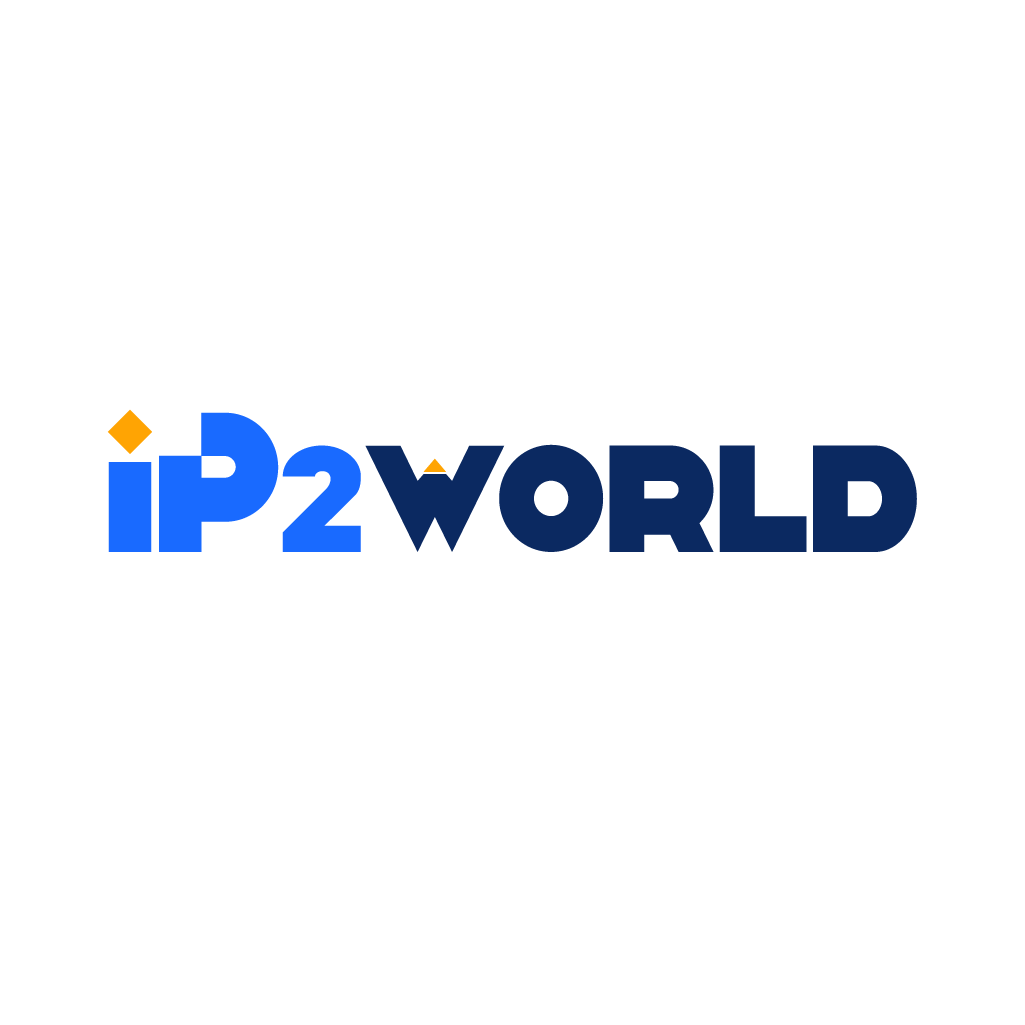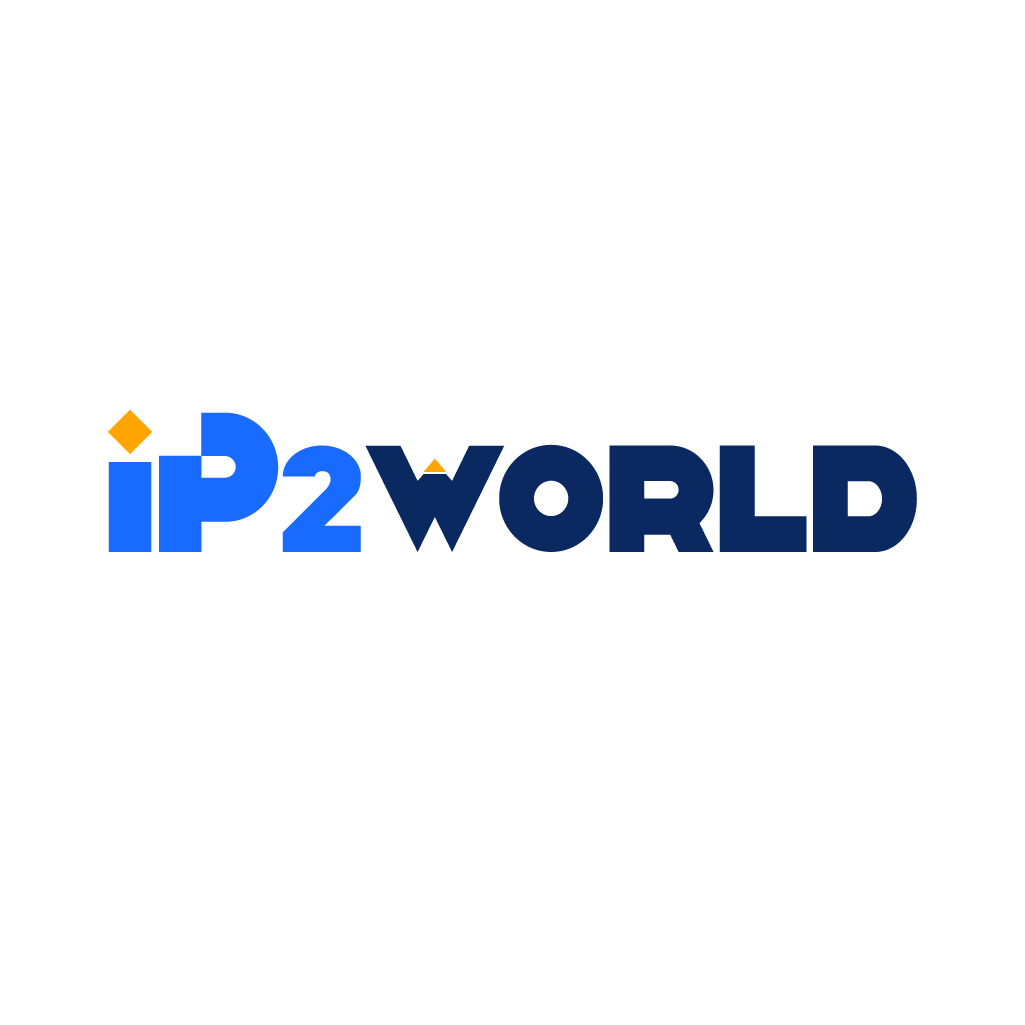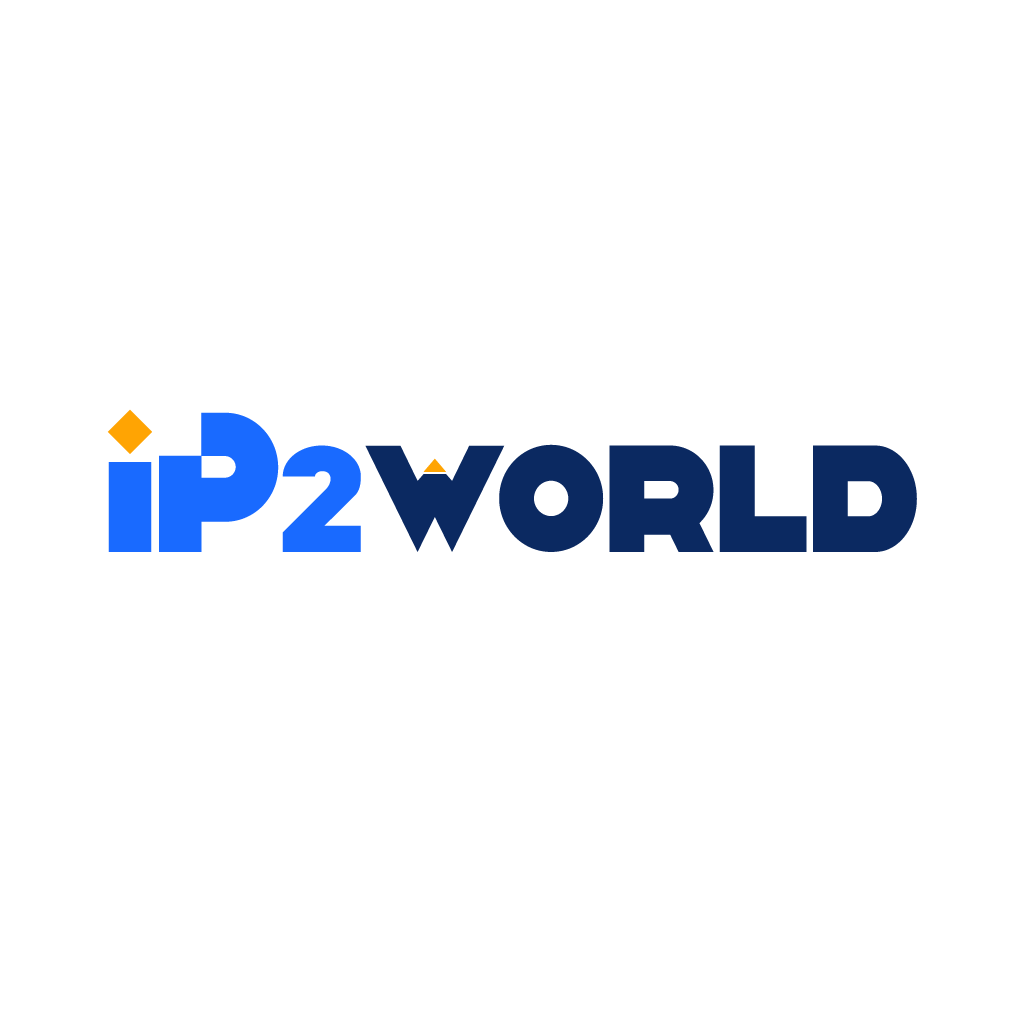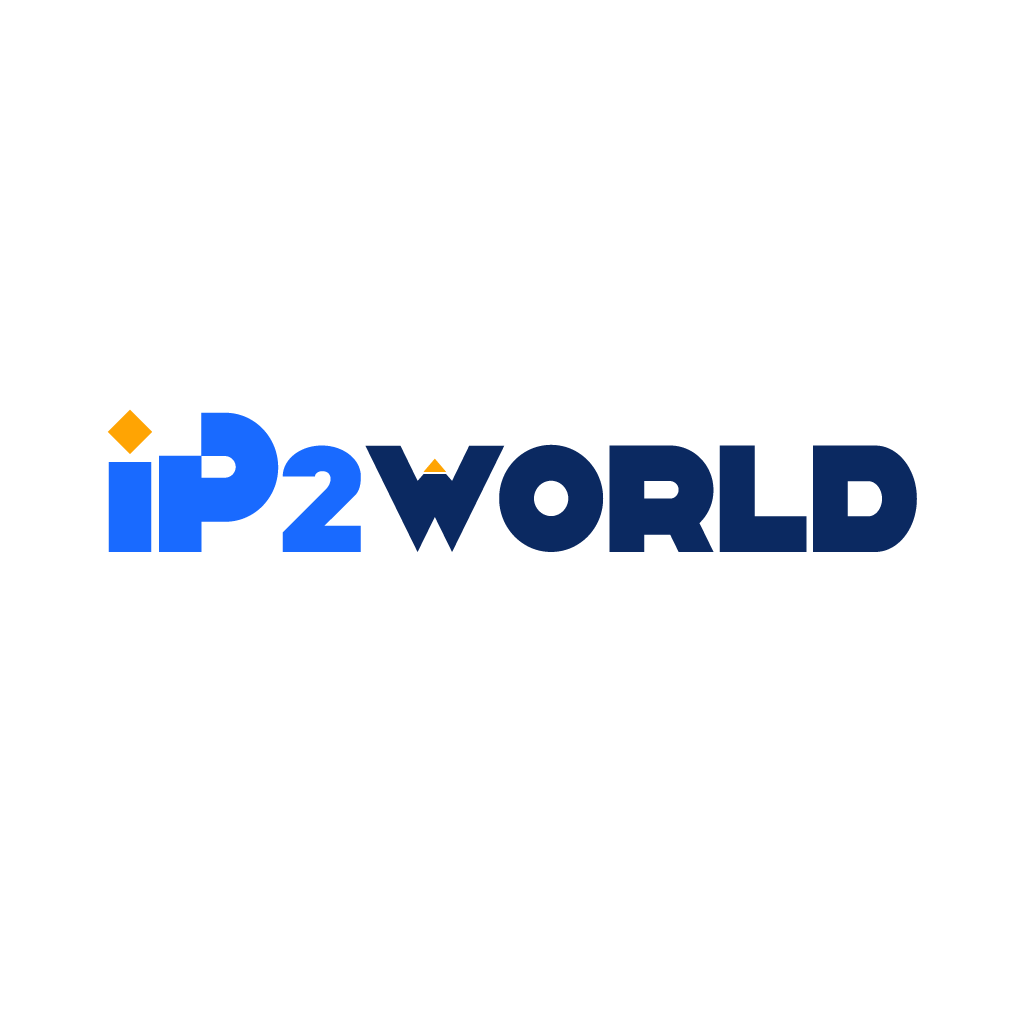Introduction:In the ever-evolving world of digital marketing, programmatic advertising has emerged as a powerful tool, transforming the way brands connect with audiences. From its intricate mechanisms to the role of data and the financial dynamics, this article delves deep into the nuances of programmatic advertising. As we unravel the contrasts between Real-Time Bidding and Programmatic Direct, we also shine a light on the challenges and potential pitfalls that lie in the journey of harnessing this innovative advertising medium. Section 1: Real-Time Bidding vs. Programmatic Direct The online advertising landscape has come a long way from its early days. Gone are the times when ad spaces were bought through manual negotiations and bulk orders. The modern era has ushered in sophisticated techniques, with Real-Time Bidding (RTB) and Programmatic Direct leading the charge. Real-Time Bidding (RTB): At its essence, RTB operates like a digital auction house. Every time a user visits a web page with potential ad space, an auction is triggered. Advertisers then bid for this space, and the highest bidder wins the opportunity to display their ad to the user. All of this happens in milliseconds, even before the webpage fully loads. This rapid transaction ensures cost-effectiveness as advertisers only pay for impressions that are likely to be relevant to their target audience. Programmatic Direct: This is a more predictable and straightforward approach compared to RTB. Instead of bidding in real-time, advertisers directly negotiate deals with publishers to reserve specific ad spaces for a set period. It's akin to booking a guaranteed seat at a concert rather than trying your luck at the door. The advantage? Brands can ensure that their ads are displayed on premium websites, achieving consistent visibility among their desired audience. When comparing the two, it's essential to recognize their unique advantages. RTB, with its dynamic nature, offers flexibility, allowing brands to optimize their ad spend by targeting users more precisely. In contrast, Programmatic Direct provides certainty, ensuring that ads get prime placements, thus guaranteeing better brand exposure. Section 2: The Role of Data in Programmatic Advertising Data is often likened to oil in the digital realm, serving as a catalyst for targeted and effective advertising campaigns. The rise of big data technologies enabled advertisers to dig deeper, harnessing invaluable insights from the enormous swathes of user data available. However, with the wealth of data came the need for discernment. Advertisers can now pinpoint users based on their browsing habits, interests, and even purchasing behaviors. This granular level of detail allows for hyper-targeted campaigns that resonate with individual users, creating a more personalized and engaging ad experience. Yet, as Spiderman's uncle wisely said, "With great power comes great responsibility." The power to harness data is bound by ethical and legal constraints. Regulations like the General Data Protection Regulation (GDPR) in Europe and the California Consumer Privacy Act (CCPA) in the US were established to safeguard users' data privacy rights. These regulations mandate transparent data collection practices and ensure that users have control over their data, including the right to know how it's used and the ability to opt-out. Beyond compliance, there's a moral imperative. Brands must respect the trust users place in them when sharing personal information. Ethical data usage not only safeguards a brand's reputation but also fosters trust, a crucial component for long-term customer relationships in the digital age. Section 3: The Mechanics Behind Programmatic Advertising Programmatic advertising, while appearing seamless to the end user, is underpinned by an intricate network of platforms and technologies working in tandem. Let's delve deeper into the mechanisms that make this advertising magic happen. Demand Side Platforms (DSPs): Think of DSPs as the control centers for advertisers. They allow brands and agencies to purchase digital ad inventory across a range of websites, mobile apps, and other digital platforms, all through a unified interface. Advertisers can set parameters like their target audience, budget constraints, and campaign goals. The DSP then automates the ad buying process, bidding on ad spaces that match the given criteria. Supply Side Platforms (SSPs): On the flip side of the coin are the SSPs, platforms designed for publishers. They optimize the sale of their ad spaces by connecting them to multiple advertisers simultaneously. By automating this process, SSPs ensure that publishers get the best possible price for their inventory in real-time. Ad Exchanges: Acting as the bustling marketplace, ad exchanges are where the buying and selling of digital ad space occurs. They connect DSPs and SSPs, facilitating real-time auctions. Every time a user loads a web page, an auction is conducted in milliseconds, determining which advertiser's ad will be displayed. Artificial Intelligence & Algorithms: While the platforms are the backbone, it's the algorithms, augmented by AI, that are the brains behind programmatic advertising. They analyze vast amounts of data to determine which ads are most relevant for a particular user. By evaluating user behavior, browsing patterns, and other data points, these algorithms can predict which ads a user is most likely to engage with, ensuring optimal ad placements. Section 4: Targeting and Personalization in Programmatic In the age of information overload, generic, one-size-fits-all ads no longer cut it. Users, inundated with content daily, yearn for personalized experiences that align with their unique interests and preferences. Hyper-Personalization: Programmatic advertising's strength lies in its ability to craft hyper-personalized ad experiences. By leveraging data analytics, advertisers can segment their audience with incredible precision, catering to specific interests, browsing behaviors, and even past purchase histories. This means that a sports enthusiast might see ads for the latest running shoes, while a tech aficionado might be targeted with promotions for a new gadget. Case Studies: The proof, as they say, is in the pudding. Brands that have tapped into the potential of targeted advertising have reaped significant rewards. Consider Spotify, which crafts bespoke ads based on users' music preferences. By promoting tailored playlists, they not only increase engagement but also bolster user loyalty. Similarly, Netflix's promotional campaigns, which spotlight shows and movies based on a viewer's watch history, underscore the effectiveness of personalized advertising. Such campaigns don't just drive clicks; they create memorable experiences, forging a deeper connection between brand and consumer. In essence, programmatic advertising's power to personalize isn't just a luxury—it's a necessity. As brands vie for user attention in an increasingly crowded digital landscape, the ability to deliver meaningful, tailored content becomes paramount to advertising success. Section 5: Challenges in Programmatic Advertising While programmatic advertising has revolutionized the digital landscape, bringing with it a myriad of opportunities, it also ushers in challenges that advertisers need to confront head-on. Ad Fraud: At the top of this list is ad fraud. Malevolent entities deploy bots to generate false impressions and clicks, leading advertisers to believe that their campaigns are more successful than they actually are. This not only skews performance metrics but also results in wasted ad spend. Viewability and Genuine User Engagement: Just because an ad loads on a user's screen doesn't necessarily mean it's seen. Factors like placement, size, and the amount of time the ad remains visible can all impact viewability. For advertisers, ensuring that their content genuinely engages users and doesn't just vanish into the vast void of the internet is crucial. Brand Safety Concerns: No brand wants their ad displayed next to controversial or inappropriate content. Automated ad placements can sometimes go awry, leading to potential PR nightmares. This challenge underscores the importance of continually monitoring and refining ad placements. Ad-Blocker Surge: With the rise of ad-blockers, a significant portion of the target audience might never see the ads. As users become more privacy-conscious and averse to unsolicited content, crafting non-intrusive, engaging ads that can bypass these blockers or entice users to whitelist certain sites becomes imperative. Section 6: The Financial Aspects of Programmatic Advertising Diving into the financial intricacies of programmatic advertising can be akin to navigating a labyrinth. However, understanding these dynamics is key to maximizing ROI. Cost Per Mille (CPM): Translated as 'cost per thousand', CPM is the price an advertiser pays for a thousand views or clicks of an advertisement. It serves as a benchmark for understanding the relative cost of an ad campaign compared to its reach. Dynamic Pricing and Real-Time Metrics: Unlike traditional advertising where pricing might be static, in programmatic, prices are as dynamic as stock market shares. Driven by real-time data on demand and supply, this dynamic pricing ensures that advertisers pay the optimal price for each ad placement. However, it also means that prices can fluctuate significantly within short time frames, demanding continuous monitoring and adjustment. Balancing Ad Spend and ROI: It's not just about spending money; it's about spending it wisely. Advertisers must continuously analyze their ad spend vis-a-vis the returns they're garnering. Tools and analytics platforms provide insights into campaign performance, helping advertisers optimize their strategies, refine their target segments, and ensure they're getting the most bang for their buck. While the programmatic landscape offers vast opportunities for precision and personalization, it demands a keen understanding of both its challenges and its financial nuances. Only then can advertisers harness its full potential and drive meaningful engagement with their target audience. Conclusion:Programmatic advertising is undeniably shaping the future of digital marketing. While it promises unparalleled precision and personalization, navigating its complexities requires both astute understanding and vigilance. Advertisers that understand the intricacies of RTB, Programmatic Direct, and the essential role of data can truly unlock the potential of programmatic, fostering meaningful connections with their audiences. In this digital age, as brands continuously seek to forge deeper, more personalized relationships with consumers, programmatic advertising stands as a beacon, guiding the way to a more engaged, responsive, and dynamic advertising landscape.
2023-09-15





